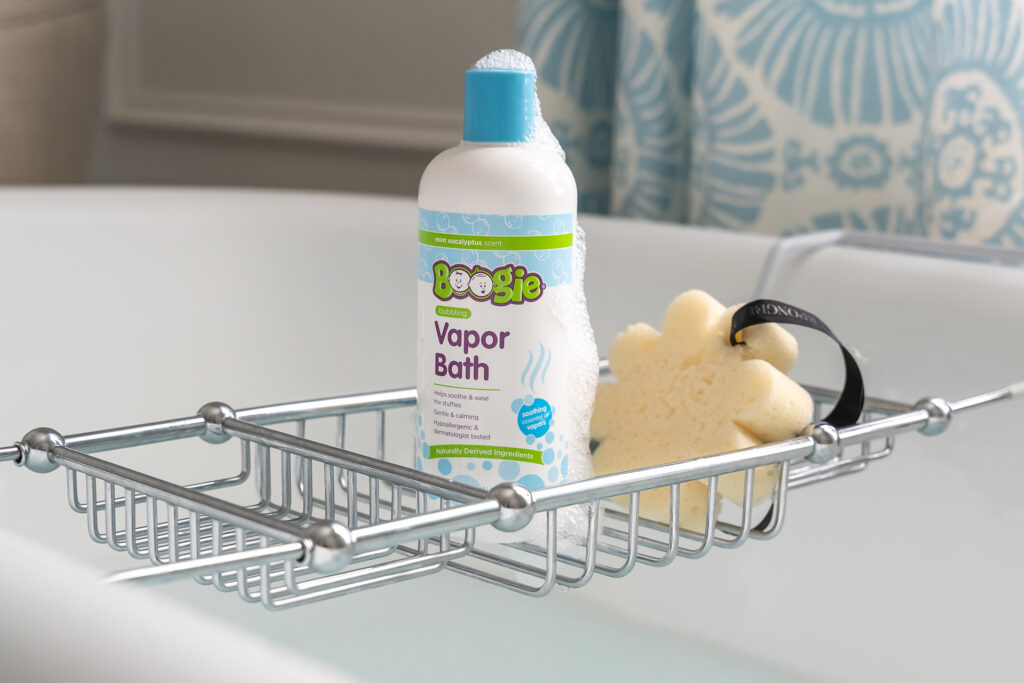 Alison Gilmour has changed a diaper or two in her lifetime. As a mother of four and the Nursing Unit Administrator in the Women and Infants Ambulatory Health Program at Mout Sinai Hospital in Toronto, she's compiled step-by-step instructions for Best Wishes on how to get the job done right. It may take some practice, but here's what you need to know:
Alison Gilmour has changed a diaper or two in her lifetime. As a mother of four and the Nursing Unit Administrator in the Women and Infants Ambulatory Health Program at Mout Sinai Hospital in Toronto, she's compiled step-by-step instructions for Best Wishes on how to get the job done right. It may take some practice, but here's what you need to know:
You may need to change your baby's diaper 10 to 15 times a day. If your
baby is sleeping, you can
wait until he/she wakes up to
change the diaper.
- Wash your hands before
and after each change. - Have all necessary items
close at hand, such as clean
diapers, wet washcloths or
wipes and clean clothes. - Put your baby on a flat,
soft surface, such as a change
table or on the floor. - Keep one hand on your
baby at all times. - Watch out for a bowel
movement squishing up your
baby’s back as you lay him/
her down. - After removing the diaper,
wipe the diaper area with a
warm wet washcloth or baby
wipes (non-scented). - Pat the area dry or allow to
air dry. - While the baby is passing
meconium for the first few
days, you may find it helpful to
use a thin layer of petroleum
jelly at each diaper change.
This will make it easier to
remove the meconium from
the skin. - Do not use powder or
cornstarch. A puff of powder
near the baby’s face can cause
choking or difficulty breathing. - When using disposable
diapers, ensure that the elastic
edges surround the baby’s leg
and are not lying flat against
the diaper. You can do this
by running your finger along
the inside of the diaper along
your baby’s thigh and pulling
the elastic out to fit snug
against the skin. - Until the umbilical cord
falls off, keep the diaper
below the umbilical area by
folding the diaper down if
need be. Some newborn diapers
have a special cut out for
this purpose.
To clean a girl
- Wipe from the front to
back to prevent germs from
her bowel movement from
getting into the urinary tract. - Clean between the outer
folds of the labia. - There is no need to clean
inside the vagina.
To clean a boy
- Wash the area well and
clean from front to back. - Do not pull the foreskin
back when cleaning the
penis.
Dealing with diaper rash
Diaper rash begins as red,
inflamed skin and can lead
to raw, open areas of skin.
Rashes can be caused by:
- irritation from the dampness
of urine or a bowel
movement on the skin. - reaction to soap, perfumes
or oils. - a yeast infection that can
be spread from the mother
or from stool.
Steps to avoid diaper rash
- Wash your hands before
and after changing a diaper. - Keep skin dry by changing
the diaper as soon as it gets
wet or soiled. - Allow the area to air dry
for a short time before putting
on the clean diaper. - Avoid using soap. Wash
the diaper area with warm
water and dry well. - Apply a thin layer of
petroleum jelly or zinc-based
cream. - Avoid perfumed wipes and
using airtight plastic pants
over the diaper. - Before placing the baby
in the bath, clean the diaper
area when removing the
diaper. Then, when bathing
the baby, wash the diaper
area again as the last step.
Call your health-care provider
if your baby has not had a
dirty diaper in two days or
if your baby is not having
at least three wet diapers a
day.
Alison Gilmour RN, BScN, MN, PNC (C) NUA, Women and Infants Ambulatory Health Program, Mount Sinai Hospital
Originally published in ParentsCanada: Best Wishes, Spring 2012.










